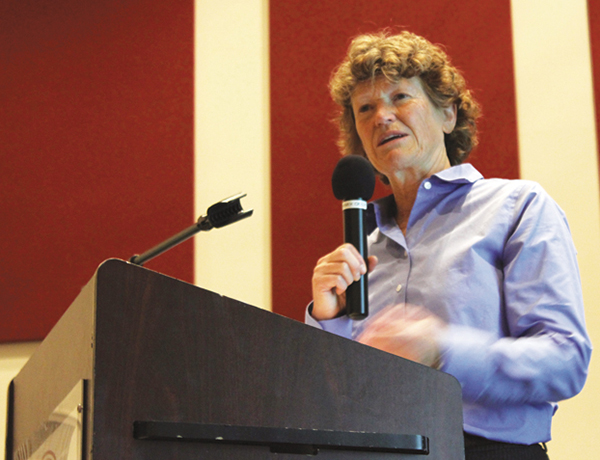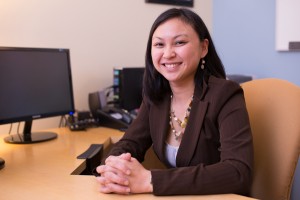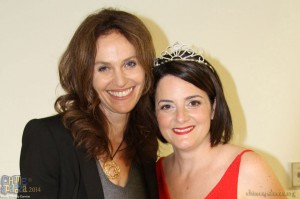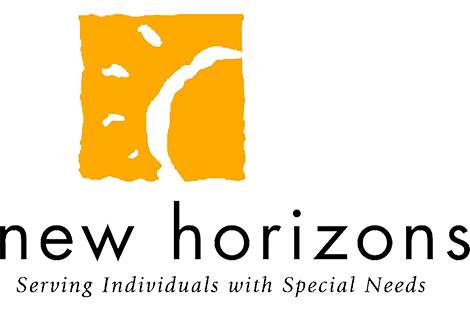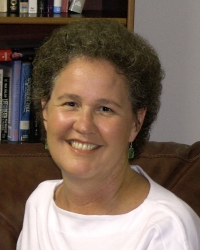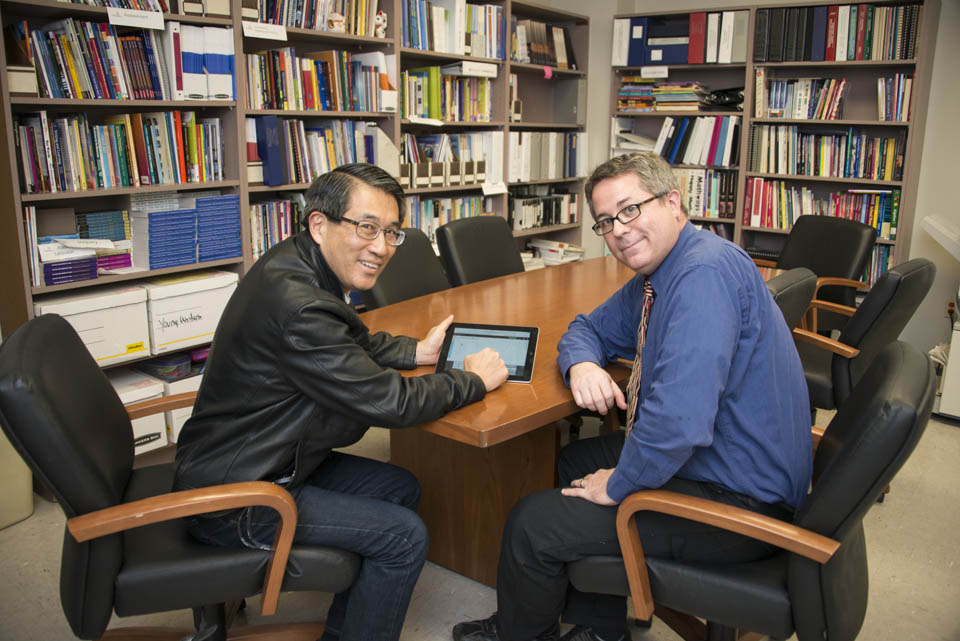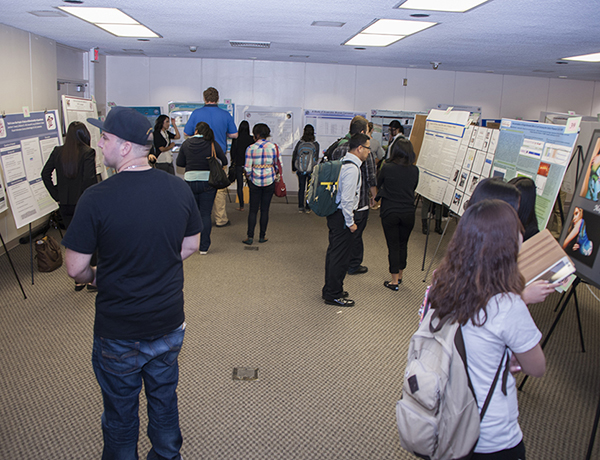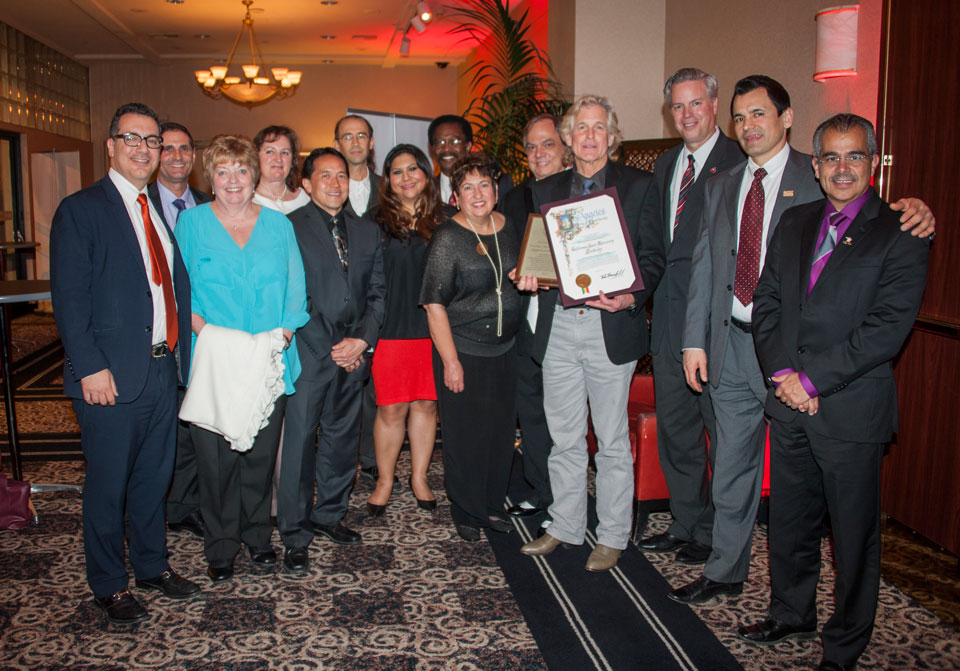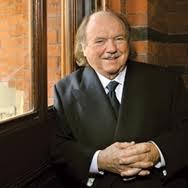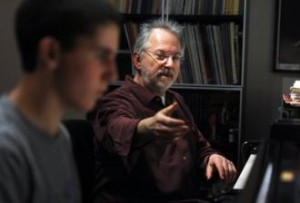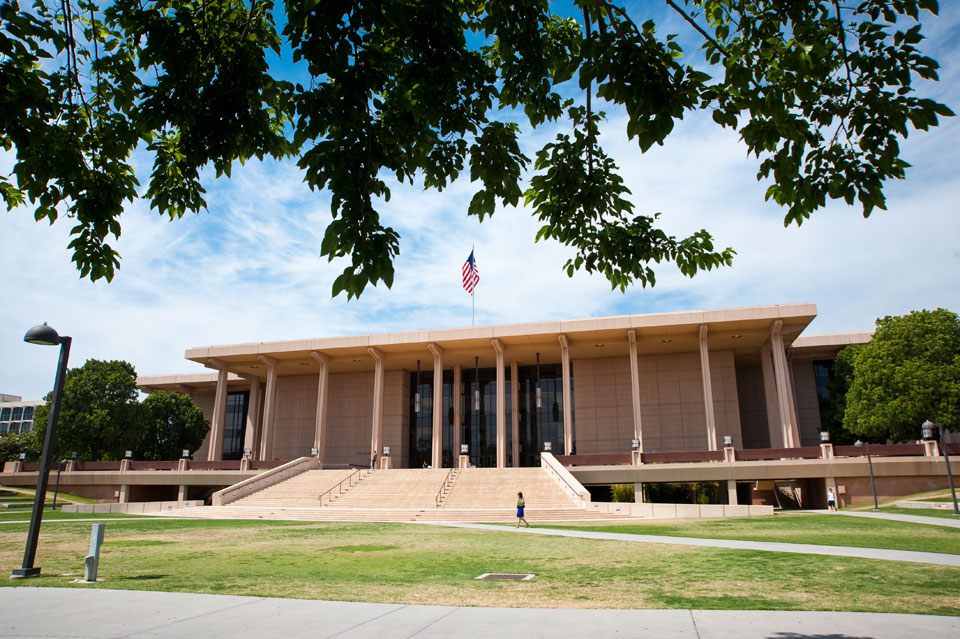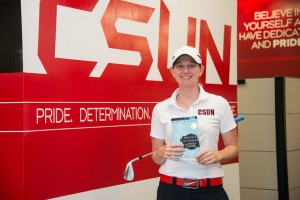![]()
Professor James Sefton teaches American military and naval history, World War II, constitutional history, and his specialty, Civil War and Reconstruction. But Sefton himself is the true historic institution, marking 50 years of teaching at California State University, Northridge this year.
Sefton, known as “Doc” by the hundreds of scholars he has mentored, estimated that he has taught 11,000 students over five decades at CSUN. On Feb. 12, more than 100 people — including former students, current and former colleagues, administrators, friends and the CSUN men’s volleyball team — gathered to pay tribute to Sefton for his longtime devotion to students and the university.
“This is not a retirement party,” Sefton told the crowd. He noted earlier that he’ll continue teaching as long as his health allows.
“When I got to be about 60, people asked me when I was going to retire,” said Sefton, 75. “I said, ‘I’m not going to retire until all the people who want me to retire already have.’ I’ve pretty much cleared out the original roster.”
Known for his straight-shooting candor, humor and unceasing demand for excellence, Sefton has served as a mentor and counselor to students since he set foot on the campus of then-San Fernando Valley State College in 1965.
“He taught me the true meaning of intellectual curiosity,” said retired Navy Capt. Dallas Bethea ’69 (History). “And that when you make a statement of fact, make sure it is absolutely correct — it served me well during my years in the Navy and the Pentagon.”
Bethea met Sefton in 1966 when he talked his way into the young professor’s full class on Civil War history.
“My ancestors fought for the Confederacy, so I did add some diversity [to the class]!” said Bethea, who traveled from his home in Virginia for the celebration. “I’m proud to say I earned an A.”
The former student and longtime friend said he plans to establish a $25,000 scholarship fund in Sefton’s name at CSUN, honoring the professor for his 50 years of teaching.
“How do you make 50 years? Well, you have to start early,” Sefton advised his colleagues. “Being a young Ph.D. helps — I was 25. You have to insulate yourself against departmental and university politics. Create a personnel file so strong that if your friends are on the committee, they won’t be embarrassed to vote for you, and if your enemies are on it, they’ll look foolish if they vote against you.
“And go out and buy yourself a book of John Wooden’s sayings,” he said of the late, legendary UCLA basketball coach’s writings. “There are a lot of sayings in there that you can use in dealing with students. One of my favorites is, ‘Any man can make a mistake, but he doesn’t become a failure until he starts blaming his mistakes on someone else.’”
Among those honoring Sefton’s contributions were history department chair Richard Horowitz; Stella Theodoulou, dean of the College of Social and Behavioral Sciences; and Harry Hellenbrand, provost and vice president of academic affairs.
“Friend, guide and teacher are the words used a lot to describe Jim Sefton,” Hellenbrand said. “It’s very rare that you come across a professor who can fill those roles. He’s played an incredibly important role for me as provost, as one of the three or four people at the institution whom I can trust to say what they think — and not mince words. He is one of the North Stars of this campus.”
Sefton was born in San Francisco and grew up in Marin County before moving to the Los Angeles area. He graduated from Hollywood High School and went on to earn a bachelor’s degree (1961) and Ph.D. (1965) in history at UCLA. He wrote his dissertation on the role of the U.S. Army as an occupying force in the South during Reconstruction, later published as a book in 1967.
Sefton has seen the size of the Department of History’s faculty expand dramatically and then contract over his five decades at CSUN. He attributed the decrease to the creation of the liberal studies major, which attracted many young scholars studying to be elementary school teachers who were once drawn to the history major.
A visitor to his office once called “Doc” a “‘strange hybrid — part of you is Mr. Chips and part a Marine drill instructor,’” Sefton recalled, referencing the famous literary character and schoolteacher Mr. Chipping in James Hilton’s novella “Goodbye, Mr. Chips” — later adapted for film and TV.
Sefton likes this description, but colleges now lean toward Mr. Chips, he said. In fact, most students need the drill instructor to teach responsibility and consequences, as they did 40 years ago. But he added, “The kids who are good today would have been good 40 years ago.”
Sefton has no children of his own, but hundreds of former students consider him a father figure, a mentor, a rock.
“He’s an amazing teacher and everything, but I’m a stutterer — and he was also a counselor for me,” said Brian Bold ’09 (History). “He has such a warmth with students.
“When I was in college, my stutter was worse. I wasn’t sure of myself, and he helped me through it,” said Bold, who is studying to become an occupational therapist. “Before and after class, we’d have quick chats, and we’d have more in-depth talks in his office. The fact that it’s six years later and we still keep in touch, and he still mentors me, is amazing.”
Beyond the history department, Sefton also has devoted himself to decades of Matador student-athletes. He served as faculty representative to the National Collegiate Athletic Association from 1981-90. An ardent supporter of college sports, Sefton has channeled his lifelong passion and talent for photography into capturing some 600 CSUN games and athletic events.
Had he pursued sports photography instead of teaching, Sefton quipped, he “could have shot covers for Sports Illustrated — at a lot more money.” His study of Midwestern landscapes,“Remote Roads: Photographs Along the Way,” also has been exhibited in various California venues.
Sefton photographed football games and created slideshows for annual team banquets, even traveling with the team for many years. After CSUN dropped its football program, he focused his lens on the men’s volleyball program. In appreciation, the men’s volleyball team showed up for Thursday’s celebration, squeezing in between practices and classes.
As they celebrated the professor’s 50th year, his many admirers and students praised “Doc” for never lowering his standards or failing to care. He repaid their gratitude in kind.
“We are met on Abraham Lincoln’s birthday, so it’s appropriate to close on one of my favorite of his sayings, from his first inaugural address,” Sefton said. “The ‘mystic chords of memory’ — that was Lincoln’s way of saying that, because the North and South had so much shared history, the Union would survive. I think that fits college life.
“So much that we do in college centers around memory and its preservation,” he added. “So, the ‘mystic chords of memory’ bind me to the 11,000 students I have taught, and all of you who have been so gracious to be here today.”

